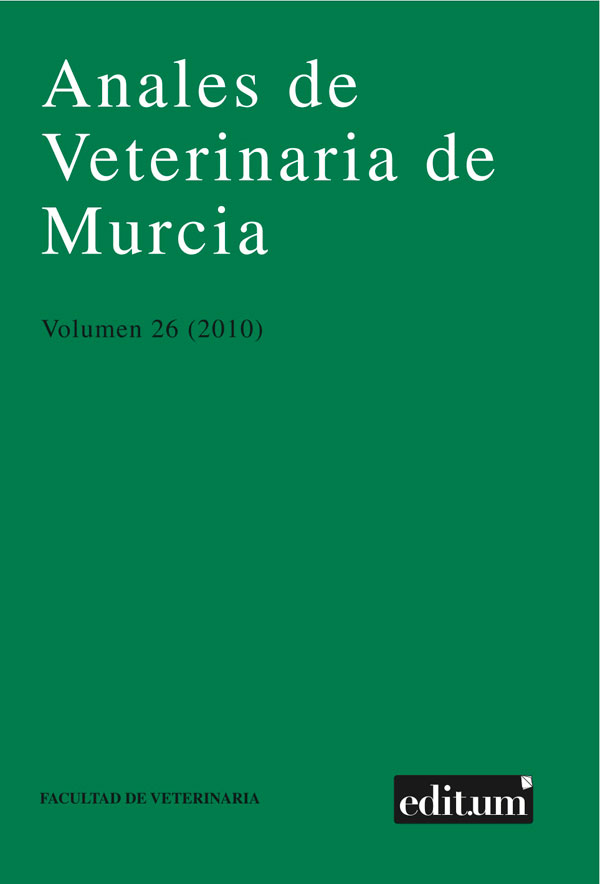Polycystic kidney disease in cats: a literature review
Abstract
The present review focuses on the ethiology, pathogenesis, epidemiology, diagnosis and treatment of the “Autosomal Dominant Polycystic Kidney Disease” (ADPKD). It is an inheritable genetic disorder traditionally described in Persian cats and presently recognized in crossbreed cats worldwide. Affected animals develop chronic renal insufficiency and failure, and disease has a late onset, usually when cats are over three years old, and there is no specific treatment for it. However, the development in recent times of ultrasound imaging as the main diagnostic tool for ADPKD, is allowing early disease detection, improve prognosis and to implement control measures based on preventing breeding from affected cat to avoid genetically ADPKD susceptible progeny.Downloads
Creative Commons Attribution 4.0
The works published in this journal are subject to the following terms:
1. The Publications Service of the University of Murcia (the publisher) retains the property rights (copyright) of published works, and encourages and enables the reuse of the same under the license specified in paragraph 2.
© Servicio de Publicaciones, Universidad de Murcia, 2019
2. The works are published in the online edition of the journal under a Creative Commons Attribution-NonCommercial 4.0 (legal text). You can copy, use, distribute, transmit and publicly display, provided that: i) you cite the author and the original source of publication (journal, editorial and URL of the work), ii) are not used for commercial purposes, iii ) mentions the existence and specifications of this license.

This work is licensed under a Creative Commons Attribution-NonCommercial-NoDerivatives 4.0 International License.
3. Conditions of self-archiving. Is allowed and encouraged the authors to disseminate electronically pre-print versions (version before being evaluated and sent to the journal) and / or post-print (version reviewed and accepted for publication) of their works before publication, as it encourages its earliest circulation and diffusion and thus a possible increase in its citation and scope between the academic community. RoMEO Color: Green.




